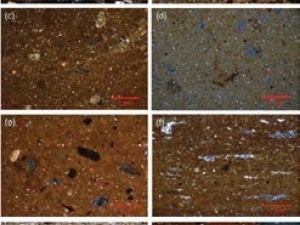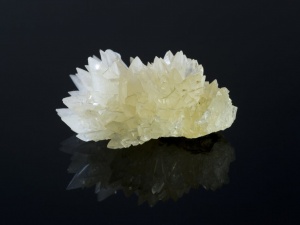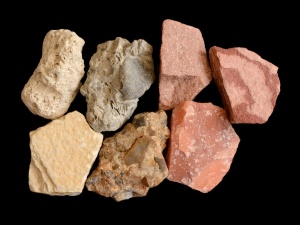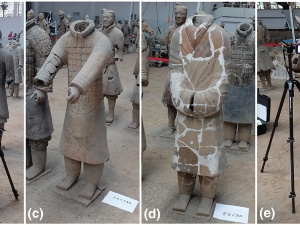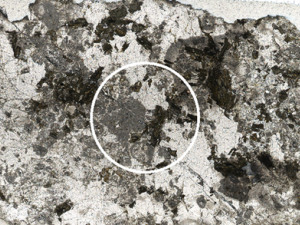Lithologic Discontinuity Assessment in Soils via Portable X-ray Fluorescence Spectrometry and Visible Near-Infrared Diffuse Reflectance Spectroscopy
Abstract
Lithologic discontinuity identification can be arduous and erroneous in instances where distinct morphological differences between parent materials are absent. Often, investigators must wait for laboratory data to help differentiate parent materials via physicochemical properties. This study used visible near-infrared diffuse reflectance spectroscopy (VisNIR DRS) and portable X-ray fluorescence (PXRF) spectrometry for establishing parent material differentia more quickly. Ten pedons containing 135 samples were scanned in situ in the United States, Italy, and Hungary, morphologically described by trained pedologists, then sampled for standard laboratory characterization. Compared with laboratory data and/or morphologically described discontinuities, PXRF data were associated with large, abrupt changes in standardized PXRF differences of elements (DEs), noted in data plots as DE maxima and minima—areas of likely discontinuity. Standardized VisNIR DRS calculated differences (CDs) in reflectance spectra (350–2500 nm) were also associated with discontinuities based on CD reflectance maxima and minima. Notably within both types of data plots, lithologic discontinuities were not well captured by the proximal sensors when CD or DE values fell in the data plot midsection (i.e., not at maxima or minima within the data plots). Across the pedons evaluated, PXRF was more useful for detecting discontinuities than VisNIR DRS. Summarily, PXRF showed good alignment with morphologically established discontinuities in eight out of 10 pedons, while VisNIR DRS showed good alignment in only five pedons. Both PXRF and VisNIR DRS provided useful information for lithologic discontinuity recognition, especially in soils with nondescript morphology.
Full open access article:
Source: Preview Image: Matyas Arvai/Shutterstock

